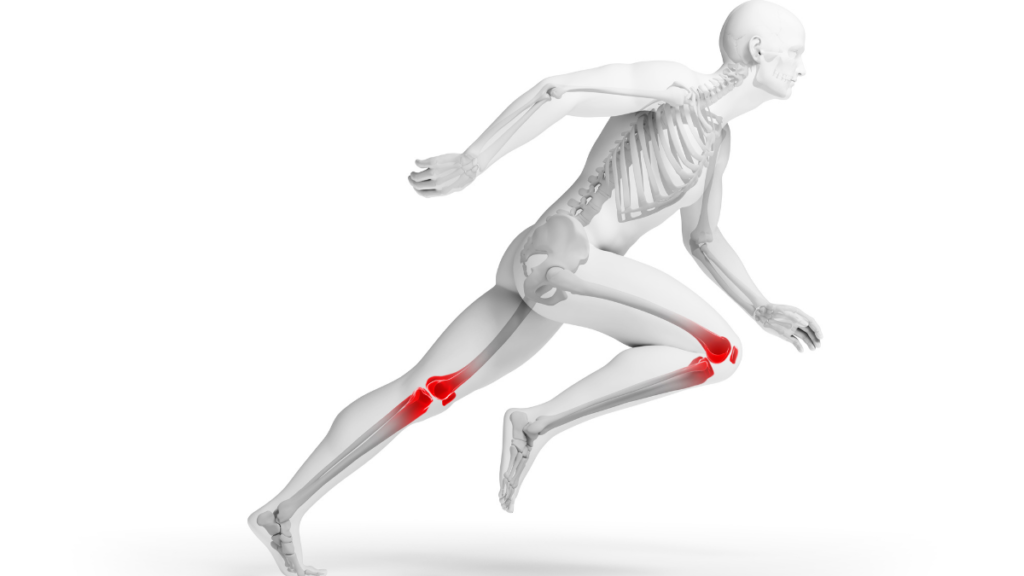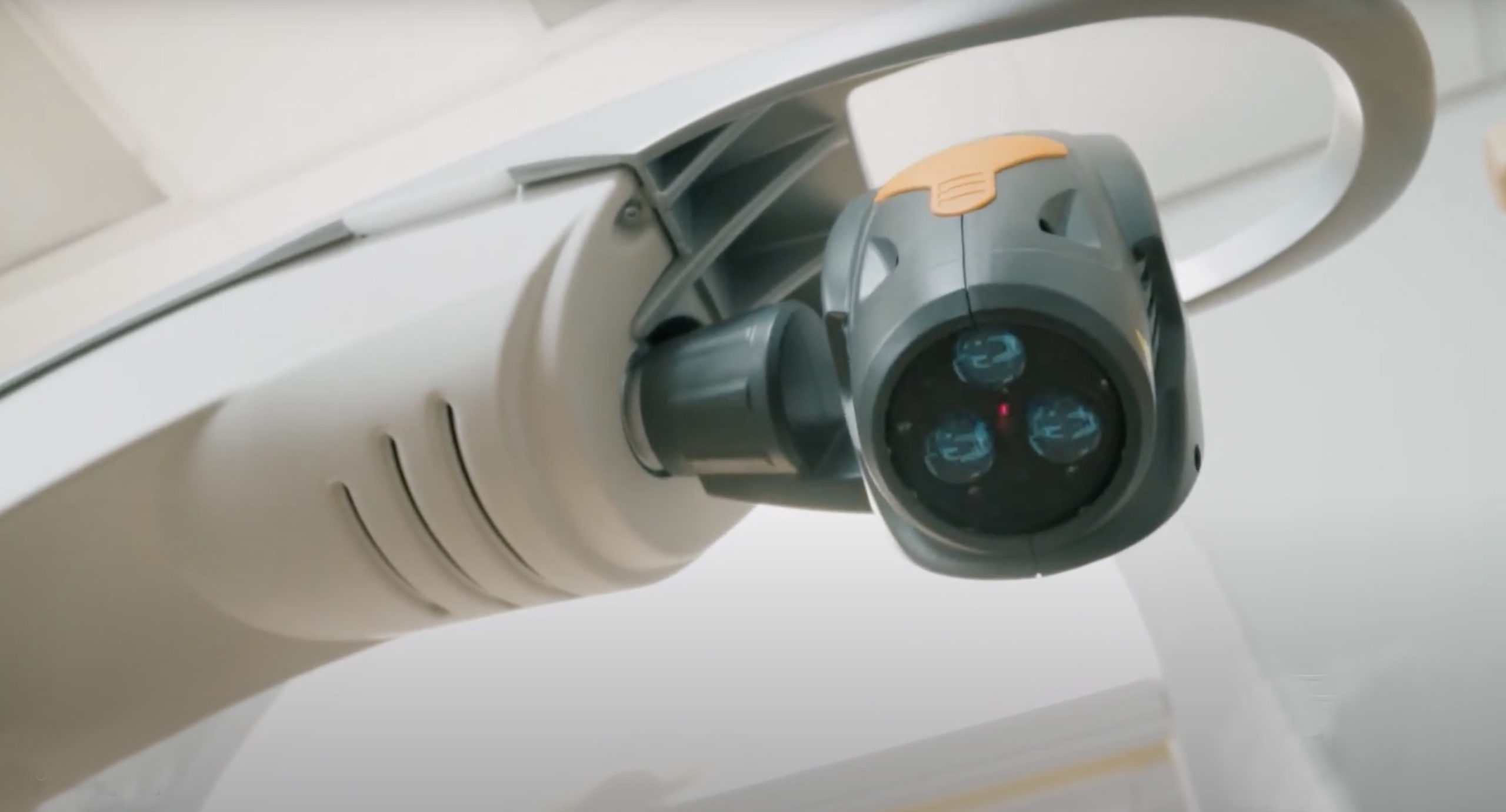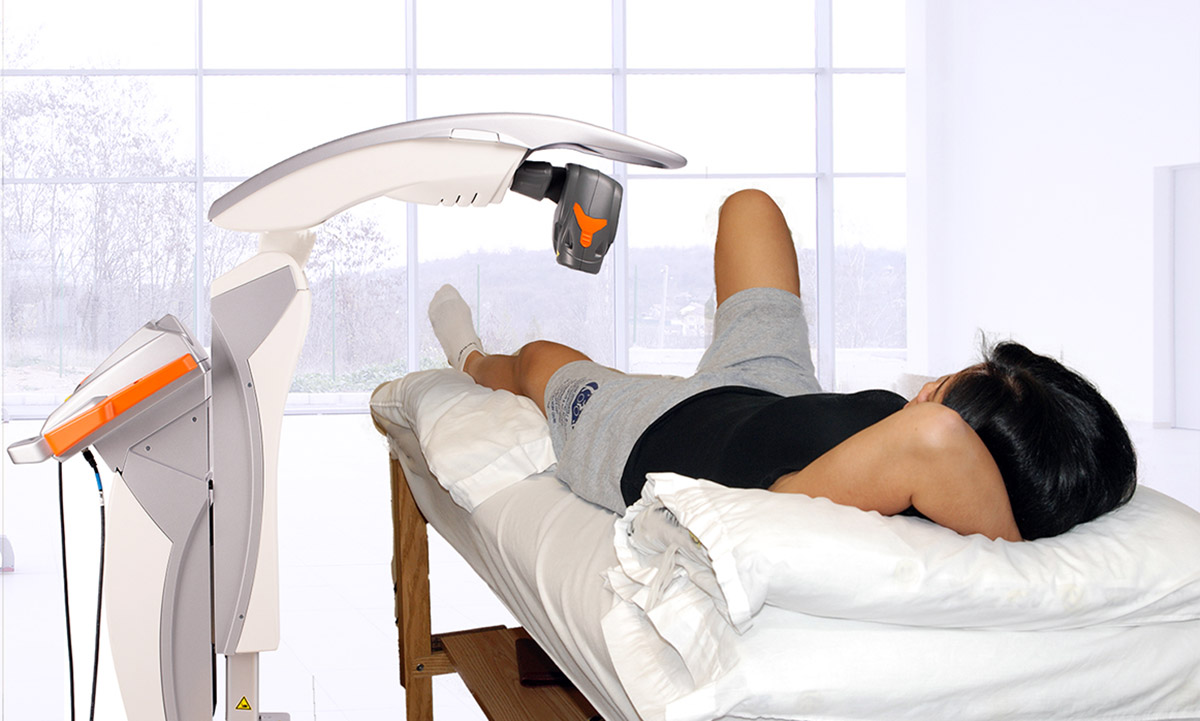Laser therapy is used in physical medicine and rehabilitation to accelerate muscle recovery and in sports medicine to prevent damages produced by metabolic disturbances and inflammatory reactions after heavy exercise. The aim of this research was to get insight into possible benefits deriving from the application of an advanced IR laser system to counteract deficits of muscle energy metabolism and stimulate the recovery of hypotrophic tissue.
We studied the effect of IR laser treatment on proliferation, differentiation, cytoskeleton organization and global protein expression in C2C12 myoblasts. We found that laser treatment induced a decrease in the cell proliferation rate without affecting cell viability, while leading to cytoskeletal rearrangement and expression of the early differentiation marker MyoD. The differential proteome analysis revealed the up-regulation and/or modulation of many proteins known to be involved in cell cycle regulation, cytoskeleton organization and differentiation.
Introduction
Since the seventies laser therapy has been widely used in sports medicine, physiatry and rehabilitation to treat muscle diseases of different origins: myalgias, contusions, sprains, lacerations and damage due to heavy exercise. These diseases have in common the painful symptomatology, the inflammatory component and, in the case of injuries, the need to repair the tissue portion in which the muscle fibers have suffered damage.
The application of laser therapy, either alone or combined with other treatments, both pharmacological and instrumental, has its rationale in the therapeutic effects that are attributed to laser radiation: analgesic, anti-inflammatory, anti-oedema and ability to promote wound healing and tissue repair. A large amount of literature shows that laser radiation can affect the cell energy metabolism and ATP production, the response of immune cells to injury, the production of inflammation mediators, the behavior of fibroblasts and endothelial cells





